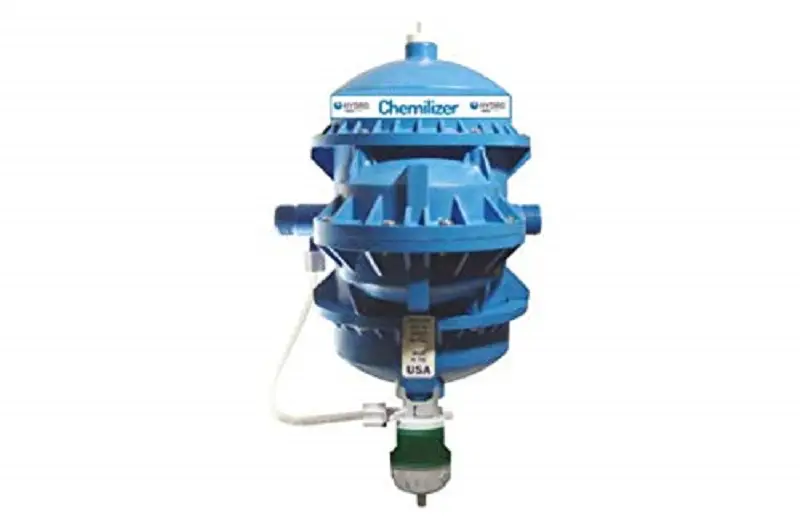Is the Green Revolution working to cater to the growing environmental challenges? If yes, what are the Green Revolution’s pros and cons? Let’s find out the answers in this article.
Believe it or not, hunger and malnourishment are the primary health risks globally, with higher death rates than AIDs, tuberculosis, and malaria. More than 800 million people worldwide face fatal hunger or are undernourished in some way or another.
There are around 190 million undernourished people in India alone. Scary, isn’t it? The world population is continuously growing, which means we might face severe famine in the coming years due to food shortages. However, there’s still a ray of hope to look up to in this dire situation.
The Green Revolution is an initiative that aims to combat the global food demand by increasing the production of food crops. But, does the Green Revolution have the potential to end world hunger for good?
Read my detailed list of Green Revolution pros and cons for yourself.
What is The Green Revolution In Agriculture? – An Introduction
If you’re new to the subject, here’s a short introduction before starting with my Green Revolution pros and cons. Mainly, the terminology is used for a systematic reform, which drastically increased food crop production around the world.
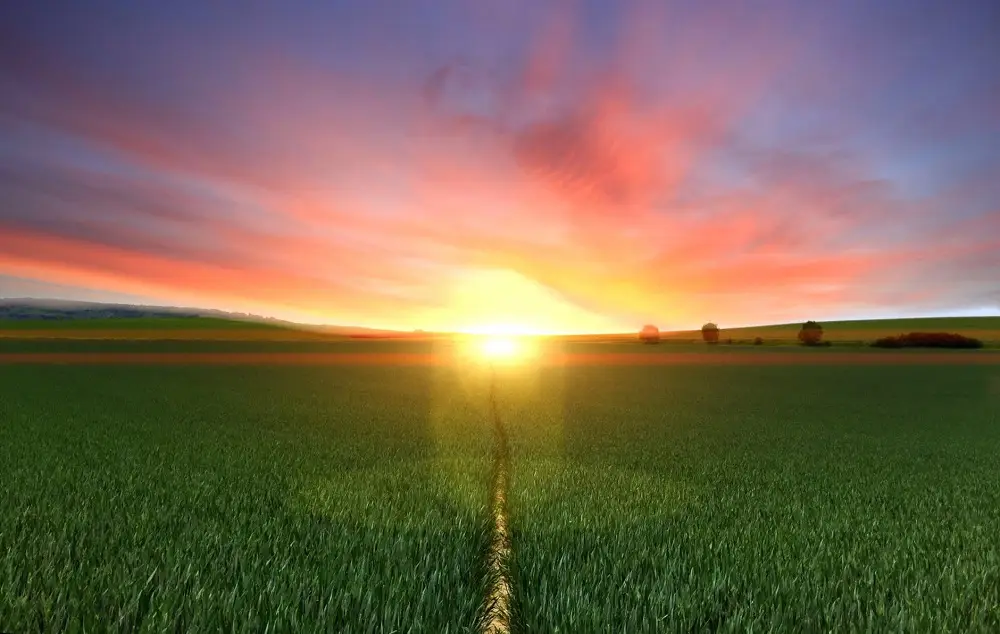
While the revolution seems like an easy way out from the brooding danger of extreme hunger faced by humanity, it’s not a one plus one equation at all.
First of all, it took years of research and huge financial investments to create and implement diverse farming techniques. Secondly, although it has brought about numerous benefits for the global population, there are some downsides to the Green Revolution.
To understand the multi-faceted nature of this revolution, you’ll need all the details about its advent and consequences. I’ve answered a few questions that are probably bugging you before getting on with the list.
Why Was The Green Revolution Implemented?
When the green revolution started in the late 1960s, it was a game-changing reform in the farming industry. Based on the population crisis research in that era, scientists speculated that we would have around 10 billion mouths to feed on the earth till the year 2050.
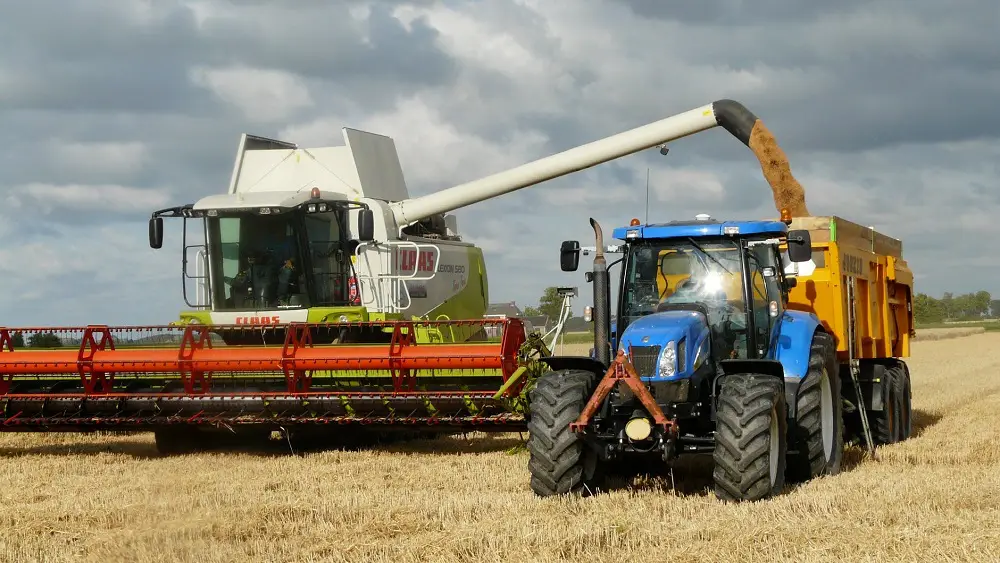
Moreover, due to the violent occurrences in the 1940s, the world was already facing extreme food scarcity on various continents.
The staggering statistics meant that the current food production would not stand a chance against the increasing population, resulting in a dystopian state of extreme hunger.
Luckily, farmers worldwide were guided to take adequate measures for ample food growth through the Green Revolution. This helped them adapt to fertilizers, pesticides, and selective breeding practices to ensure proper food supply and sustain the global population.
Eventually, this led to a complete paradigm shift in the traditional farming process, resulting in the fast-paced, monoculture farming we witness today.
When Did The Green Revolution Start?
The Green Revolution was initiated back in the 1960s, by a visionary man named Normal Borlaug. He speculated the situation humanity was bound to fall into if they didn’t take proper measures to reform their farming techniques immediately. However, without substantial financial backing, Borlaug could not have converted his speculation into reality.
You see, the process required thorough genetic research and pesticide and herbicide development, which needed an enormous investment. Rockefeller and Ford Foundation funded the program. They believed in Borlaug’s vision to make the world a better and sustainable place for future generations.
What Is The Biggest Achievement of The Green Revolution?
The Green Revolution resulted in a quick transfer of information and technologies that helped increase production enough to sustain the food needs.
Most importantly, it helped modernize the agricultural sector with high-yielding crops, chemical fertilizers, growth enhancers, and mechanization in the farming process.
Some of the salient production improvements that resulted through the Green Revolution were in rice and wheat growth. Yearly harvest for staple foods grew exponentially, which proved to be a hallmark achievement for the Green Revolution, which intended to combat world hunger.
The Green Revolution – Pros And Cons
Although the Green Revolution is an integral part of human history that reshaped our agricultural industry, we should consider both the pros and cons.
While it helped increase annual yields and meet the world food demand, it had some drastic side effects that scientists did not consider while implementing the new techniques.
| Pros | Cons |
|---|---|
| Increased Food Production | Environmental Damage |
| Improved Crop Varieties | Loss of Biodiversity |
| Reduction in Famine | Soil Degradation |
| Economic Growth | Dependence on Chemicals |
| Technological Advancements | Increased Water Usage |
| Better Food Security | Socioeconomic Inequality |
| Expansion of Agricultural Employment | Cultural Changes |
| Development of Infrastructure | Health Concerns from Chemicals |
Here, I’ve provided a comprehensive list of Green Revolution pros and cons you should know to understand its essential aspects and the consequences we face today.
Green Revolution Pros
While starting this list of Green Revolution pros and cons, first of all, let’s look at the bright side. If it weren’t for the Green Revolution, we humans would face strict food rationing, inflation, and even famine in various countries worldwide.
So, the revolution succeeded in providing enough food for everyone while bringing about some other benefits, which I’ve listed below.
1. Increased Food Production
This is one of the most significant achievements of the Green Revolution. In 2005, the UN speculated that we would need to increase our food crop yields by 70% to feed our population by 2050.

The Green Revolution helped us achieve this target and led traditional farming to an unimaginable scale. Formerly, producing crops at such a massive scale was nearly impossible and required lots of workforce and resources.
Research and development during the revolution helped us find various ways to use machinery and chemicals that let even small farming communities produce higher yields.
2. Consistent High Yields In Unfavorable Conditions
Before the Green Revolution, farmers relied on mother nature for annual yields and produce. However, scientists and researchers succeeded in creating new strains of various crops, including wheat and rice, during the revolution.
These new strains resisted wind, weathering, pests, and diseases. Meaning not only would they produce a higher yield, but they also thrive in adverse conditions.
After that, the technique spread out in different parts of the world, including developing countries. This helped the global supply of staple food crops double and triple over twenty years.
3. Low Food Prices
Anyone who has an idea about how basic economics works would know that the higher the supply, the lower the price gets. That’s why, as the croplands worldwide became more productive, attributing to the green revolution, food became relatively cheaper than it was before.
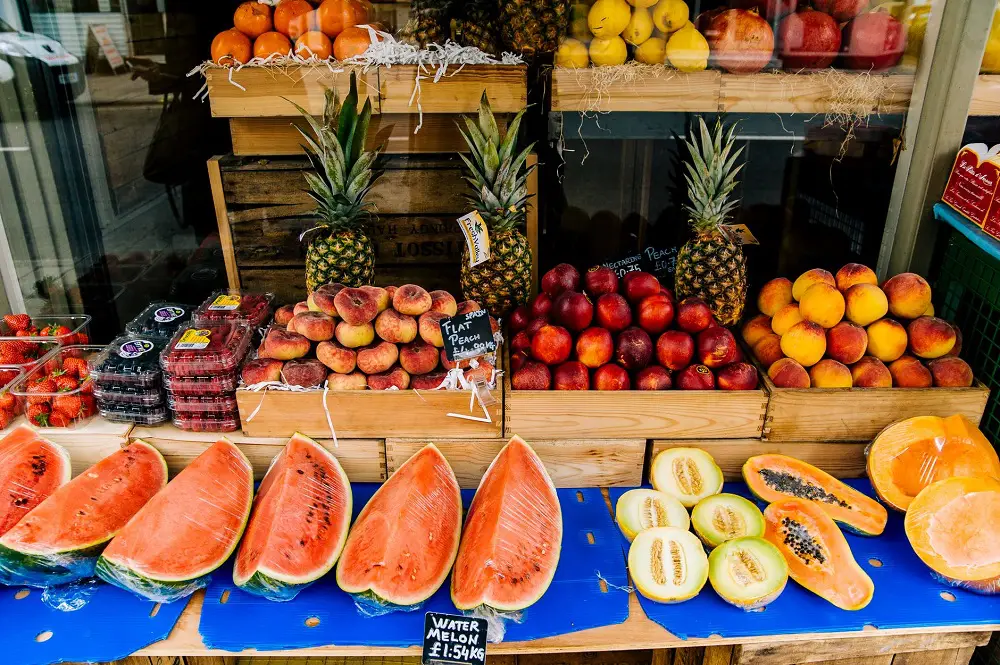
The price drop came as a relief to the entire population already struggling with post-war shortages.
Simultaneously, as the cost of living began to decrease, people had more spending power to extend their reach towards other industries. This helped various components of the global economy flourish as a result of the Green Revolution.
4. Environmental Sustainability
Before the Green Revolution, the only way to increase food crop yields was to use more land for farming. This meant converting forests and wetlands into farmlands.
Along with deforestation, this brought about a mass displacement of the wildlife forced out of their natural habitats. Fortunately, the Green Revolution stopped that by helping farmers produce higher yields from their existing land.
Using the machinery and chemical solutions offered by the Green revolution researchers, farmers could produce enough food to sustain the population without damaging the environment.
5. Improved Immunity In Plants
Furthermore, plants are no longer as vulnerable as they used to be at the beginning of the 18th century. During the Green Revolution, scientists created numerous strains of staple food crops.
They engineered these strains to survive harsh conditions and protect themselves against pests and weeds. This genetic modification helped farmers produce high-quality crops full of nutrients in abundant quantities.
Similarly, the revolution introduced herbicides and pesticides across various countries in the world. This way, even developing countries could benefit from the research and produce plants with strong immunity in plentiful quantities.
6. Reduced Need For Fallowing
Fallowing was a common farming technique used to make farmlands productive throughout the year. This technique enhanced the moisture level during a particular season if the region’s precipitation level was low.
Meaning, farmers could not use their lands throughout the year to produce crops. Luckily, the introduction of irrigation mechanisms combined with synthetic fertilizers helped eliminate the need for fallowing land for an entire season.
This way, farmers could grow crops and produce yield every season and maximize their yearly income. Apart from saving time and improving the yields, the Green Revolution also reduced labor costs for farmers by eliminating the need for fallowing.
7. Accurate Harvest Predictions
One way the Green revolution has made life easier for farmers is by allowing them to predict their harvest correctly. Initially, the yields used to depend on the season.
If the year bought good season with ample rain and suitable sunshine, the crops would flourish. While during an unlucky year, the crops would produce lower yields due to excessive rain or drought.
However, the Green Revolution came with suggestions and recommendations to combat such conditions. Similarly, farmers learned the management issues such as moisture, temperature, and essential nutrients.
This let them predict their yearly yields accurately, which helped them make significant profits every year.
8. The Greenhouse Technique
Researchers developed the greenhouse technique to control the climate using LED lights, fans, and vertical farming during the Green Revolution.
We can now grow food through this technique almost anywhere in the world, regardless of the weather conditions. Believe it or not, scientists were able to produce an entire harvest of food crops in Antarctica’s frigid climate using this technique in 2018.
Green Revolution Cons
Keeping the advantages in mind, the Green Revolution seems like an unprecedented breakthrough to promote the sustainability of the resources on our planet. Truly so, but unfortunately, there are two sides to every coin.
Yes, even something as extraordinary as the Green Revolution bought about some adverse consequences, which you should know while studying the Green Revolution pros and cons. So let’s dive in.
1. Green Revolution Crops Are Dependent on Fertilizer
Borlaug and many other scientists involved in the Green Revolution received the Nobel Prize for discovering new strains of food crops. These crops helped produce higher yields needed to meet the global food demand.
However, these strains depend on fertilizer, insecticide, and herbicide to flourish. In areas where farmers grew these strains without these facilities, they reported unsatisfactory harvest, even though the strains were known to withstand weathering and pests.
Through these reports, scientists found that the new strains were not equipped to adapting naturally to their environment as the original strains. That’s why farmers replicated the ideal environment synthetically using chemicals to help the strains produce high yields.
2. Adverse Effects on The Environment
While the Green Revolution contributed to environmental well-being in some ways, it also has adverse effects. For example, fertilizers, pesticides, and other chemical compounds released into the air increased pollution.
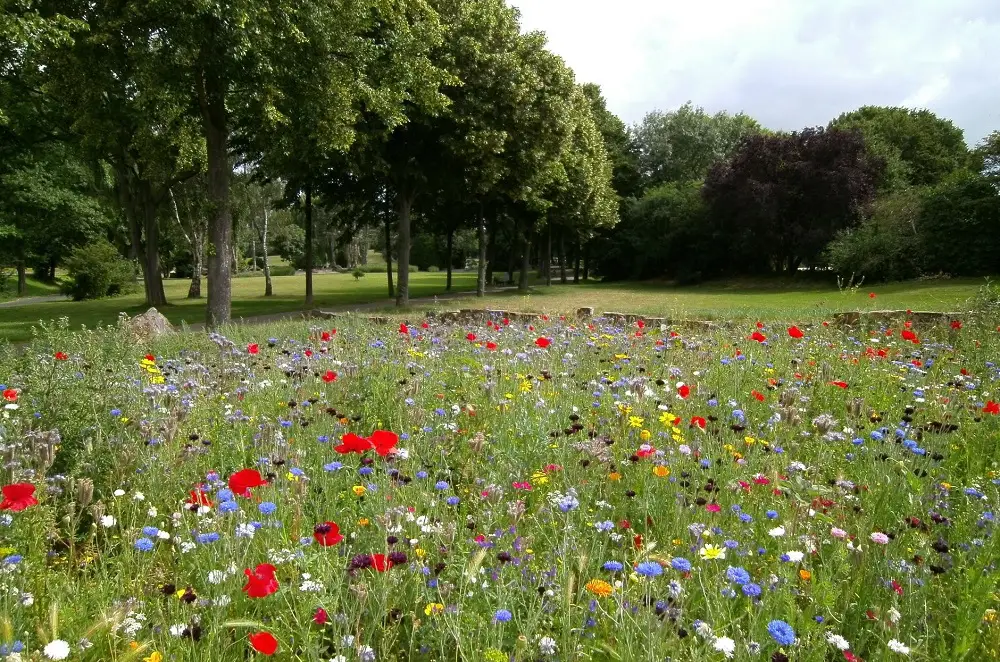
Similarly, when these chemicals flow into water bodies, they contaminate them and have harmful effects on sea life.
See Related: Important Pros and Cons of LED Lightings
3. Increased Food Waste
Ironically, after the Green Revolution, we ended up having way more food than required to sustain the human population. Now that farmers worldwide are concentrating on producing more yield to gain more profit, there’s a lot of food wastage in the entire process.
More than 40% of the harvest is destroyed and wasted during the post-harvest level before it reaches the market.
We, as a global community, collectively waste around 1 billion tons of food every year. Let that sink in.
4. Seed Sterility
As a consequence of the Green Revolution, some farmers produce yields with sterile seeds. This means they cannot plant another harvest unless they purchase patented fertile seeds from a commercial company.
That ultimately cuts from the profits the farmers make as they have to pay the organizations that provide seeds. So, even if they produce higher yields, their earnings will remain relatively low.
5. Global Expenditure
Although using technologies and techniques from the Green Revolution does produce high yields, it also requires high initial investments. Initially, all farmers would need was seeds, water, and some cattle to achieve yearly harvests.

Today, the cost of pesticides, herbicides, and fertilizers that the crops have grown accustomed to result in backbreaking expenses for farmers worldwide.
6. Exponential Rise In The Production of Cash Crops
Using the Green Revolution techniques to produce higher yields, farmers are focusing on cash crops to generate more revenue.
Instead of crops like wheat and rice, which the Green Revolution intended to target, we see an increase in cacao, oil palm, and tobacco. As the demand for cash crops increases with the supply, we could experience severe food insecurity in the future.
7. The Green Revolution Is Not The Solution We Were Looking For
Unfortunately, The Green Revolution did not serve its purpose entirely. The initiative was taken to resolve world hunger and grow enough food to sustain the global population. Yet, we’re far from solving the food crisis for good.
Even today, malnutrition and hunger remain the leading cause of death globally, killing around 9 million adults and 3 million children yearly. Surprisingly, it is not because we don’t produce enough food.
Statistically, the earth produces more food than the required level to fulfill the needs of our population. However, politics and food supply controls result in the inefficient distribution of food.
If we don’t find ways to combat this imbalance, the Green Revolution with its high and mighty goals might turn out to be much ado for nothing.
What Do The Green Revolution Pros and Cons Tell Us?
After going through the Green Revolution’s pros and cons, we realize that sustainability lies in maintaining a proper balance. As humans, we go too far while fixing what nature has in store for us, ultimately creating unresolvable problems for ourselves.
While the Green Revolution was a significant step towards global welfare and sustainability, we still have a long way to go.
FAQs
What is the disadvantage of the Green Revolution?
The Green Revolution’s cons is that it has led to biodiversity loss. The Green Revolution was a period of increased agricultural productivity that relied on the use of high-yielding varieties of crops, which are often monocultures. This has led to a reduction in genetic diversity and an increased reliance on a small number of crops, making agriculture more vulnerable to pests, diseases, and environmental changes.
What are the issues with the Green Revolution?
The Green Revolution’s cons are significant challenges associated with the agricultural movement. The Green Revolution, which began in the mid-20th century, aimed to increase food production through new technologies and techniques, such as developing high-yield crops and using chemical fertilizers.
However, the Green Revolution has been criticized for its negative environmental impact, including soil degradation and the overuse of water resources. The Green Revolution has also been accused of exacerbating social inequality and economic disparities in developing nations.
What were the disadvantages of the agricultural revolution?
The agricultural revolution was a period of significant change in farming practices in the 18th and 19th centuries. One of the main disadvantages of this revolution was the displacement of small farmers as large landowners consolidated their holdings. Additionally, new technologies and farming methods led to environmental degradation, soil depletion, and increased reliance on monoculture crops.
Why has Green Revolution been so controversial?
The Green Revolution is a controversial period in agricultural history due to its reliance on intensive farming techniques, such as the use of synthetic fertilizers and pesticides. This approach led to increased food production, but also had negative environmental and social impacts. Some critics argue that the Green Revolution exacerbated inequality and weakened traditional farming practices, while others believe it helped alleviate hunger and poverty in developing countries.


